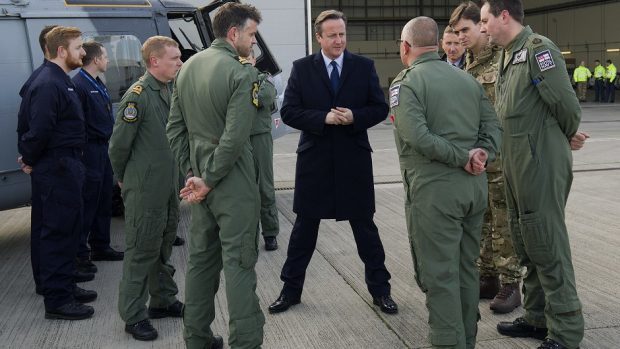David Cameron has set out the Government’s National Security Strategy and Strategic Defence and Security Review, spending £178 billion on equipment and support over the next decade.
Read what it means for Scotland here.
Here are some of the major announcements:
- Up to 10,000 military personnel able to surge onto British streets to assist police in response to a marauding Paris-style terrorist attack
- Nine new Boeing P8 maritime patrol aircraft to be based at RAF Lossiemouth, able to carry torpedoes and fitted with a range of sensors to hunt enemy submarines and ships
- Eight Type 26 frigates, fewer than the 13 desired by Royal Navy chiefs, which will start to replace their Type 23 predecessors
- Extending the life of the Typhoon jets by 10 years to to 2040, meaning the creation of two additional squadrons, with investment in upgraded ground attack capability and a new radar system
- The purchase of new F35 Joint Strike Fighter aircraft for the Royal Navy’s two new aircraft carriers will be accelerated – making 24 available by 2023 rather than the previously planned eight
- The creation by 2025 of two new “strike brigades”, of around 5,000 troops, using the new Scout range of armoured vehicles
- An extra £2 billion on new equipment such as weapons and helicopters for the elite special forces including the SAS
- Funding for 1,900 more spies across MI5, MI6 and GCHQ and more money to increase the network of counter-terrorism experts in the Middle East, North Africa, South Asia and Sub-Saharan Africa
- An extra £1.9 billion will be spent on cyber security, with the UK also developing an “offensive” capability to hit back at computer-enabled attacks
- Replacing the four ballistic missile submarines carrying the Trident nuclear deterrent at an increased cost of £31 billion over 20 years – with a further £10 billion set aside for contingencies
- More than 20 new Protector drones, more than doubling the number of Reaper aircraft which they replace
